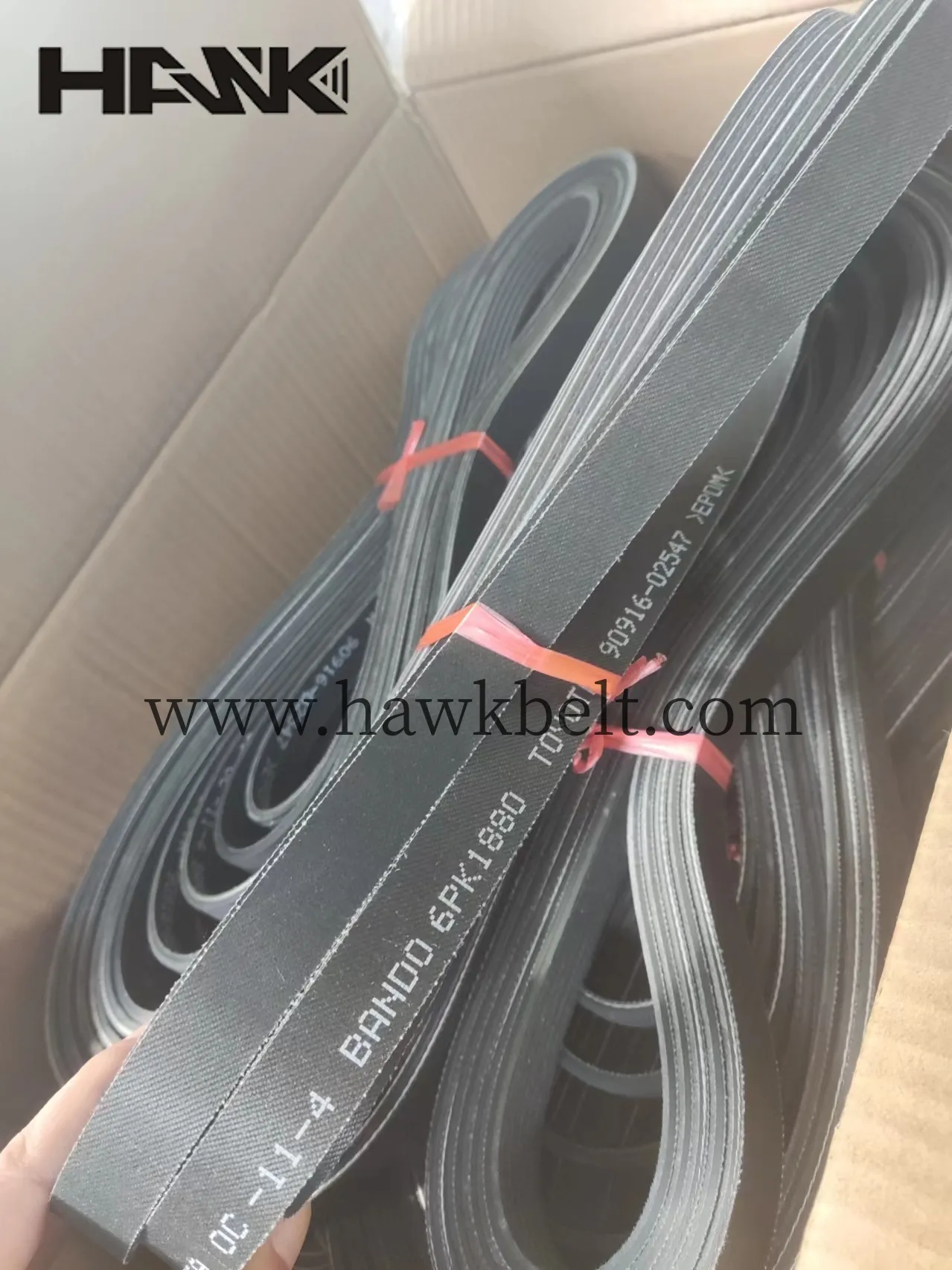- Arabic
- French
- Russian
- Spanish
- Portuguese
- Turkish
- Armenian
- English
- Albanian
- Amharic
- Azerbaijani
- Basque
- Belarusian
- Bengali
- Bosnian
- Bulgarian
- Catalan
- Cebuano
- Corsican
- Croatian
- Czech
- Danish
- Dutch
- Afrikaans
- Esperanto
- Estonian
- Finnish
- Frisian
- Galician
- Georgian
- German
- Greek
- Gujarati
- Haitian Creole
- hausa
- hawaiian
- Hebrew
- Hindi
- Miao
- Hungarian
- Icelandic
- igbo
- Indonesian
- irish
- Italian
- Japanese
- Javanese
- Kannada
- kazakh
- Khmer
- Rwandese
- Korean
- Kurdish
- Kyrgyz
- Lao
- Latin
- Latvian
- Lithuanian
- Luxembourgish
- Macedonian
- Malgashi
- Malay
- Malayalam
- Maltese
- Maori
- Marathi
- Mongolian
- Myanmar
- Nepali
- Norwegian
- Norwegian
- Occitan
- Pashto
- Persian
- Polish
- Punjabi
- Romanian
- Samoan
- Scottish Gaelic
- Serbian
- Sesotho
- Shona
- Sindhi
- Sinhala
- Slovak
- Slovenian
- Somali
- Sundanese
- Swahili
- Swedish
- Tagalog
- Tajik
- Tamil
- Tatar
- Telugu
- Thai
- Turkmen
- Ukrainian
- Urdu
- Uighur
- Uzbek
- Vietnamese
- Welsh
- Bantu
- Yiddish
- Yoruba
- Zulu
Aug . 01, 2024 05:55 Back to list
Understanding Timing Belt Maintenance for Honda CR-V Models and Their Impact on Engine Performance
Timing Belt for Honda CR-V Importance, Replacement, and Maintenance
The Honda CR-V has established itself as one of the most reliable and popular compact SUVs in the automotive market. One critical component that contributes to the vehicle's performance and longevity is the timing belt. Understanding the timing belt's role, when it should be replaced, and how to maintain it is crucial for every Honda CR-V owner.
What is a Timing Belt?
The timing belt is a vital part of the internal combustion engine. It synchronizes the rotation of the crankshaft and camshaft(s), ensuring that the engine’s valves open and close at the correct times during each cylinder's intake and exhaust strokes. By maintaining this precise timing, the timing belt ensures optimal engine performance, fuel efficiency, and reduced emissions.
Why is Timing Belt Maintenance Important?
Neglecting the timing belt can lead to severe engine damage. If the belt fails, the camshaft can become out of sync with the crankshaft, leading to the engine's valves striking the pistons, causing catastrophic engine failure. This can result in expensive repairs that could have easily been avoided with proper maintenance and timely replacement. Therefore, being vigilant about the condition of the timing belt is crucial for the longevity of your Honda CR-V.
When Should the Timing Belt be Replaced?
timing belt for honda crv

For most Honda CR-V models, the manufacturer recommends replacing the timing belt every 60,000 to 100,000 miles, depending on the specific year and engine type. It’s essential to consult your owner’s manual or a trusted mechanic for the exact specifications related to your model. In some cases, rubber degradation could lead to cracking or wear over time, even before reaching the recommended mileage. Regular inspection is important, especially if the vehicle is frequently driven in harsh conditions.
Signs of a Failing Timing Belt
As a CR-V owner, being aware of the signs indicating a failing timing belt can save you from potential damage. Common symptoms include a ticking noise coming from the engine, visible cracks or wear on the timing belt itself, engine misfires, and a decrease in engine performance. If you notice any of these signs, it’s crucial to consult a mechanic immediately.
How to Care for Your Timing Belt
Proper maintenance can prolong the life of your timing belt. Regularly scheduled oil changes can help reduce stress and wear on the belt. Additionally, monitoring your engine’s overall performance and having a professional inspect the timing belt during routine maintenance checks can catch potential issues early on.
Conclusion
For Honda CR-V owners, the timing belt is more than just a simple rubber component; it is the heart of the engine's timing system. Understanding its role, knowing when to replace it, and recognizing the signs of wear can prevent costly repairs and ensure the vehicle remains in top condition. Regular maintenance and timely replacement will not only enhance your Honda CR-V’s performance but also extend its lifespan, providing peace of mind on every journey. Always adhere to your owner’s manual guidelines and consult with auto professionals to keep your CR-V running smoothly for years to come.
-
Korean Auto Parts Timing Belt 24312-37500 For Hyundai/Kia
NewsMar.07,2025
-
7PK2300 90916-T2024 RIBBED BELT POLY V BELT PK BELT
NewsMar.07,2025
-
Chinese Auto Belt Factory 310-2M-22 For BMW/Mercedes-Benz
NewsMar.07,2025
-
Chinese Auto Belt Factory 310-2M-22 For BMW/Mercedes-Benz
NewsMar.07,2025
-
90916-02660 PK Belt 6PK1680 For Toyota
NewsMar.07,2025
-
drive belt serpentine belt
NewsMar.07,2025

